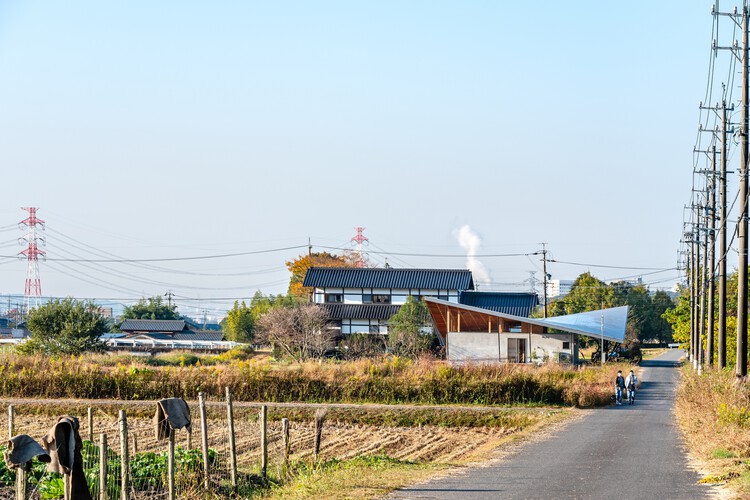
-
Architects: Tatsuya Kawamoto + Associates
- Area: 193 m²
- Year: 2022
-
Photographs:Takashi Uemura

Text description provided by the architects. In the urbanization control area, rather than prohibiting the construction of buildings, we believe that building for local farmers can curb disorderly urbanization. This is a one-story house for farmers in rural areas. The aim was not to be a residence but to become a frame for farmers in this area by building it on this site surrounded by agricultural land.






























